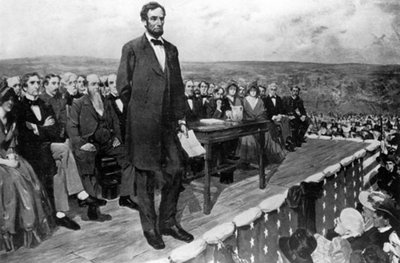About Publications Library Archives
heritagepost.org

Preserving Revolutionary & Civil War History

Preserving Revolutionary & Civil War History

[ONE NIGHT in the early summer of 1863, just after the failure of the naval attack on Fort Sumter], as we walked back to the White House through the grounds between the War Department buildings and the house, I fancied that I saw in the misty moonlight a man dodging behind one of the trees. My heart for a moment stood still, but, as we passed in safety, I came to the conclusion that the dodging figure was a creature of the imagination. Nevertheless, as I parted from the President at the door of the White House, I could not help saying that I thought his going to and fro in the darkness of the night, as it was usually his custom, often alone and unattended, was dangerous recklessness. That night, in deference to his wife’s anxious appeal, he had provided himself with a thick oaken stick. He laughed as he shows me this slight weapon, and said, but with some seriousness:
“I long ago made up my mind that if anybody wants to kill me, he will do it. If I wore a shirt of mail, and kept myself surrounded by a body-guard, it would be all the same. There are a thousand ways of getting at a man if it is desired that he should be killed. Besides, in this case, it seems to me the man who would come after me would be just as objectionable to my enemies–if I have any.”
The oaken stick to which I have just referred was fashioned from a bit of timber from one of the men-of-war sunk in the fight at Hampton Roads; the ferule was an iron bolt from the rebel ram Merrimac, and another bolt from the Monitor furnished the head of the cane. After Mr. Lincoln’s death, Mrs. Lincoln gave me the stick, which had been presented to the President by an officer of the navy.
— Noah Brooks, 1863